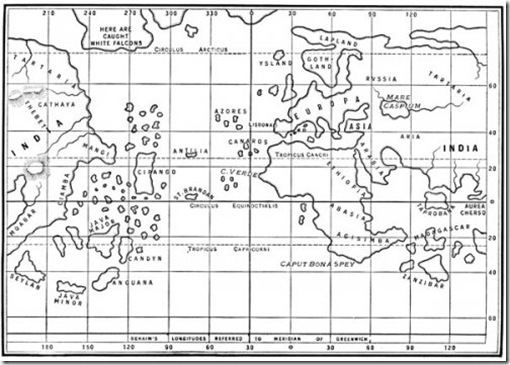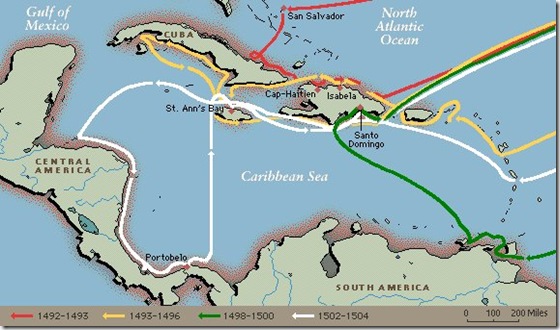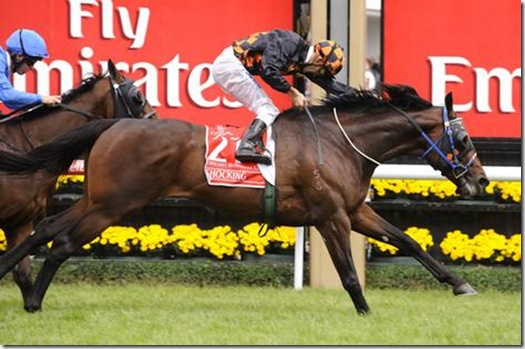At A Glance - First Impressions
in Challenger Selling
The Sciences of Behavioural Economics have many lessons to offer Salespeople who are interested in Human Behaviour
and particularly in Decision Making.
I have never seen any science behind the many schools of “Body language”,
nor proof supporting their “Claims” of 90% of communication is visual (or 80% or 70%), based on Visual “Signals”.
There is, however, a piece of Scientific Research
which demonstrates First impressions – at a glance.
This study by Alex Todorov (Princeton)
which seeks to explain the human “ability” of
“Rapid Judgement”. The judgement is of the
“Safety or Danger of a Stranger”.
The accuracy of this ability is far from accurate.
Yet, it is an inherent “skill” from our long ago ancestors where this judgement was life or death. Todorov’s experiment proved “rapid judgement” to be universal, multi-national and multi-cultural.
What does this mean for Salespeople?
The “First Impression” is of particular importance for The Challenger Seller.
This is because early in the Seller Process (regardless of the Buyer Process)
the Challenger delivers an “insight of value” to the Buyer.
“How” the Buyer both receives and perceives this “insight of value” is greatly influenced by the First Impression given by the Seller.
In the study by Toderov “At a Glance” (Cognitive miser) the buyer will form a first impression composed of
“Dominance and Trustworthiness”. These twin characteristics are based on face shape and smile.
Further influences MAY be Posture, Movement, Voice, Firmness of Handshake and their Deodorant or Cologne.
The Buyer will make an automatic “rapid judgement” at a fundamental level.
How do Salespeople cope with this?
In observations of successful Challenger Sellers their “insight of value”
is held back for between 10-15 minutes.
Challenger Sellers who deliver their “insight” earlier in the meeting,
particularly as their “Initial Statement”, have a much lower success rate
(measured by rejection of the insight).
Yet, if the same or similar insight offered later in the meeting
then it has a far greater degree of acceptance.
Recommendations.
1. Recognise the importance of first impressions.
You can influence this by dress, posture, smile, handshake, voice and deodorant/cologne.
2. DELAY, your “insight of value” for at least 10 to 15 Minutes, use this time to be Buyer Centric,
express interest in them, their role and their company.
3. Offer your “insight of value” in an assertive way (review the challenger sale and other work to be clear about
Aggressive and Meek behaviours, as both reduce your sales effectiveness)
4. Use Evidence Based Selling Skills;
the TV program “Lie to Me” is entertainment, not a reality show.
The Lightman Institute is not real; it’s a speculative flight of fancy.
The “real” Dr. Lightman is Dr. Paul Ekman, who’s acclaimed work is presently under critical review,
but currently he refuses to allow peer review or publication http://en.wikipedia.org/wiki/Paul_Ekman (read criticisms)






